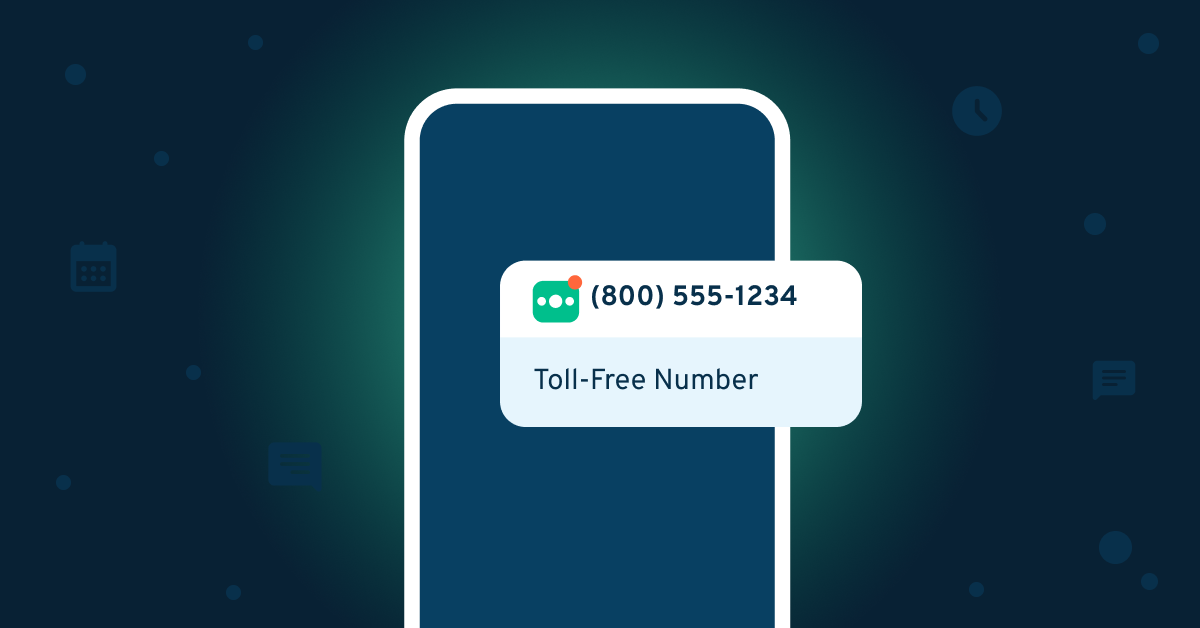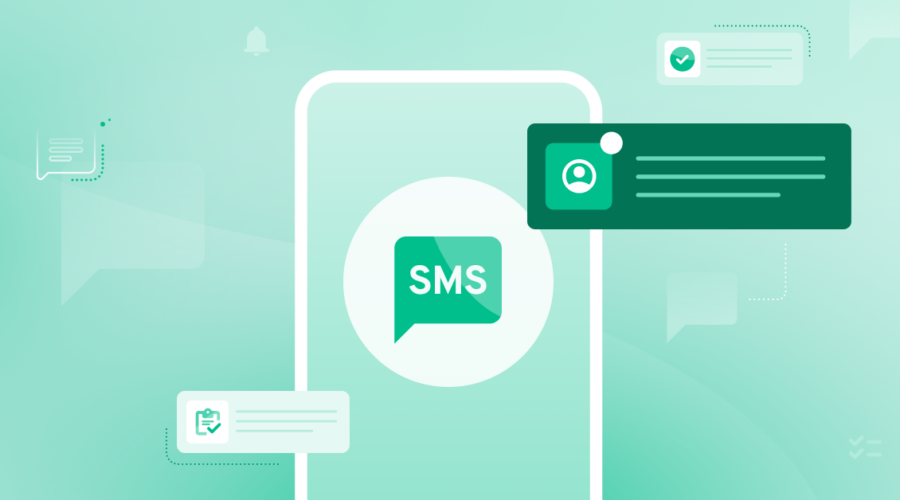Here’s our take on how toll-free SMS compares to short codes, local numbers, and more.
Looking to incorporate messaging in your app or software solution? Thankfully, you have many options today for implementing text messaging functionality depending on your specific use case—including toll-free SMS, short codes, and Local A2P.
Didn’t even know toll-free numbers could send text messages? You’re not alone.
It’s a fairly new capability, but is great for businesses looking to communicate with their customers.
Just like toll-free numbers are the expected business phone number for voice, toll-free is quickly becoming the expected and preferred business phone number for messaging. In a world where the average consumer prefers to be communicated with via text , toll-free messaging is becoming an increasingly important customer success and sales tool.
So first things first: when should you use a toll-free number for SMS?
Toll-free messaging works best when your use case is person-to-person; meaning, both the sender and the recipient are having a conversation via text. If your SMS feature is for customer support or sales, toll-free is a fantastic option for you.
However, because toll-free numbers can support a higher throughput of messages per phone number than traditional ten-digit numbers, some developers do choose to use toll-free numbers for one-way communications like alerts and notifications. Choosing toll-free also makes responding to those notifications possible, unlike a five digit short code, which is another commonly-used messaging option for alerts and notifications.
Speaking of short codes—how does toll-free messaging compare?
Short codes are great for mass messaging use cases like pin codes, two-factor authentication, SMS marketing, and more. You’ve used them to vote for your favorite American Idol, or donate to the Red Cross. But some use cases that formerly required short codes may be better sent using a toll-free number. Why?
Here are a few quick reasons to opt for toll-free:
- Short codes tend to be much more complicated to work with vs. toll-free, often taking weeks or months to provision. A toll-free number can be provisioned and ready for use in the snap of a finger.
- You’ve probably already got a toll-free number for voice, why not use that number in a new way? Open the door for your customers to text or call you. That’s adds up to additional flexibility for your customers and potential cost savings for you since voice minutes are generally more costly, and require more dedicated agent time than sending text messages.
- A five digit number can seem impersonal, like there’s no one on the other side of the line. A toll-free number legitimizes your business, and may add some credibility to your message.
How Local, Toll-free, and Short Codes compare
| Local numbers | Toll-free numbers | Short codes | |
|---|---|---|---|
| SMS | ✓ | ✓ | ✓ |
| MMS (US/CANADA) | ✓ | ✓ | ✓ |
| VOICE | ✓ | ✓ | X |
| >MESSAGE / SECOND DELIVERY | X | ✓ | ✓ |
| APPROVAL TIME? | none | ~1 day Bandwidth-only process | Minimum 4-6 week process involving all industry carriers |
So you’ve gotten a pretty good understanding of what toll-free messaging is and why you should consider it.




